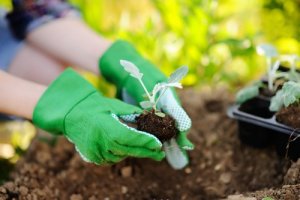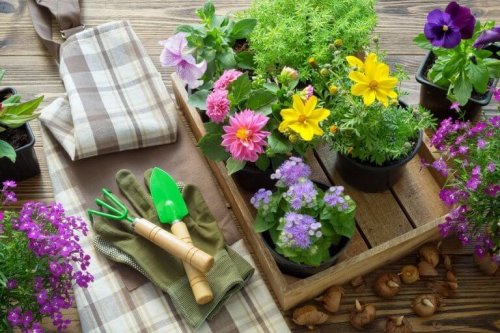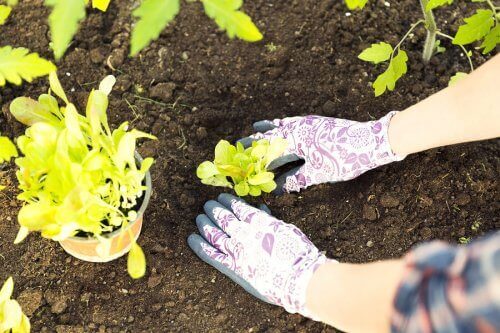Things to Keep in Mind When Replanting Plants

While transplanting a plant seems simple, there are a few things you need to keep in mind to keep the plant healthy.
Keep in mind that replanting a plant is not something natural for the plant and that changing its container or place may be harmful to it. Remember that in their natural habitat, they would never be transplanted.
Therefore, transplanting a plant is a big change for it and if it is not done well, it can greatly weaken a plant. In some cases, the plant may be greatly affected, and it may die. Continue reading for some recommendations on how to best transplant your plants.
Tips for replanting plants
The season

To transplant a newly bought plant, whether you are replanting it in a pot or into the ground, it does not matter what season it is. Replanting newly bought plants can be done at any time of the year without harming the plant too much. These plants can be replanted immediately.
On the contrary, if you are transplanting a plant from the ground into a pot, the season can make a difference. This is because this process involves damaging the roots, so it is best to wait until the vegetative activity of the plant is minimal. Therefore, the best time to do this is during the winter.
However, if you are transplanting a plant from a pot into the ground, you need to consider irrigation. Therefore, it is best to replant these plants during the summer. This ensures that the plant should receive more water because otherwise it will dry out very easily.
Discover: The Health Benefits of Plants in Your Home
Choose which flowerpot to use
One of the most important aspects when transplanting a plant is to choose the flowerpot well. A pot that is too small or too large will harm the plant. Flowerpots that are too small do not have enough room for the roots to grow and expand, but a pot that is too large keeps the plant from receiving enough water.
It is therefore necessary to observe the development of the plant and choose a pot that will allow the plant to continue to grow healthily. To do this, the pot should have an excess of a few centimeters of depth and width from the plant. Keep in mind that if the plant is still growing and has a lot more growing to do, it may need to be transplanted again.
As for what the pot should be made of, both clay and plastic pots have their advantages and disadvantages. Plastic pots are very light and are cheap, so they are economical and easy to transport.
One of the disadvantages of plastic pots is that over time the sun weakens the plastic and they tend to crack or break. Another problem is that plastic is not a porous material, which can affect the root system of the plant.
Clay parts are very resilient and allow the roots to develop properly. They also are undoubtedly prettier than plastic ones. However, they are more expensive, and if they fall or something hits them, they break.
We also recommend: How to Grow Tomatoes with just Four Slices of Tomatoes
Extracting the plant

The extraction of the plant is the most delicate part of the replanting process, especially if it is being transplanted from one pot to another. You need to remove the plant with great care so that the base of the plant where it meets with the soil does not fall apart. If this happens, the plant will have more difficulty adapting to its new environment.
Watering is another very important part of replanting. Once the soil is wet, hit the pot to help the soil detach from it. Finally, carefully extract the plant using its stem or trunk.
Placing the plant in its new environment
To introduce the plant in a new pot, it is important to make sure that the plant is in the center of the pot—that it is neither too high or too low or too far from the edge. Finally, fill the area in with topsoil, applying pressure with the fist of the hand so that the soil will remain compact.
It is important to prepare topsoil beforehand according to what your plant’s needs. This will also help the plant adapt to its environment and help provide it with nutrients it will need to live healthily.
This text is provided for informational purposes only and does not replace consultation with a professional. If in doubt, consult your specialist.








